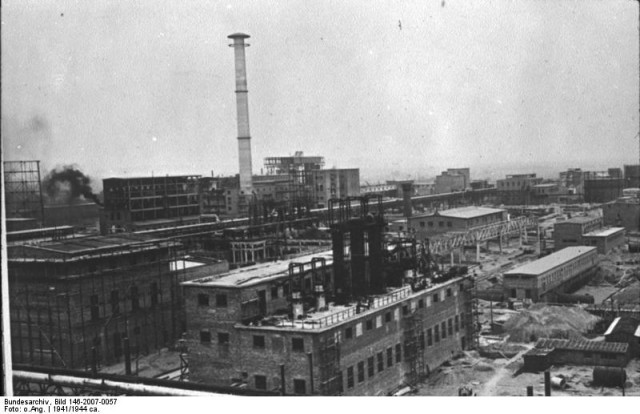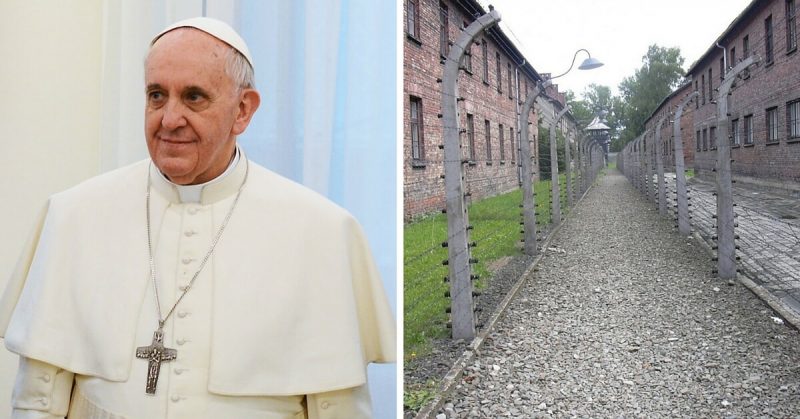Pope Francis will visit Poland in July and make a stop at Auschwitz-Birkenau on the 29th. The visit is occurring during the Pope’s trip to Krakow for an international Catholic youth gathering. Poland is a Roman Catholic country. His two predecessors, Pope Benedict and Pope John Paul, both visited the Nazi death camp during their pontificates.
Auschwitz-Birkenau was established by the Nazis in Oswiecim, about 70 miles from Krakow in southern Poland. Between 1940 and 1945, Auschwitz was developed into a large complex of barracks, workshops, gas chambers, and crematoria. Approximately 1.5 million people, mostly Jews, were killed there. The Soviets liberated the camp on January 27th, 1945.
Pope Francis has appealed to Catholics to reject anti-Semitism. He said that the Holocaust should remind everyone that human rights should be defended with maximum vigilance. Prior to that, the Vatican issued a document telling Catholics to stop trying to convert Jews.
A short history of Auschwitz
First, there was Auschwitz I, which is what most people would recognise as Auschwitz. It was the main camp and was made up of 16 old dilapidated army barracks, when the head of the Schutztaffel (SS) Heinrich Himmler approved the site for a concentration camp in April 1940.
It was originally intended that Auschwitz would house political prisoners. During the duration of the camp’s operation, Auschwitz was the administration centre for the entire three-camp complex and housed the infamous death Block 11.
The second camp, Auschwitz II-Birkenau began construction in 1941 to ease congestion in the main camp. It was intended to hold 50,000 prisoners of war who would be imprisoned as forced labourers, but plans changed and this figure was quadrupled to 200,000 inmates.
The first prisoners were 10,000 Soviet POWs who arrived in October 1941 at main camp Auschwitz; by the time they were transferred to Birkenau in March 1942 only 945 were still alive.
Birkenau was repurposed as an extermination camp; there were two gas chambers constructed which were used for mass killings until early 1943 when the Nazis decided to increase the gassing capacity of Birkenau Crematorium II – ‘the white house’ – by installing gas-tight doors, vents for Zyklon B and ventilation equipment. By June 1943 there were four functional crematoria in Birkenau.
The third camp, Monowitz, was constructed to house workers for a nearby chemical plant for IG Farben to manufacture a type of synthetic rubber called Buna. It was located 4.3 miles from Auschwitz I and workers initially lived at the main camp and walked to the plant every day but this was not efficient. Monowitz began housing inmates on October 30th, 1942. It was the first concentration camp to be financed and built by private industry.

The plant had 35,000 inmates as workers and of these 25,000 died of malnutrition, disease, and due to the heavy workload. Site managers used the threat of transportation to nearby Birkenau for death in the gas chambers to increase productivity among the workers, while transfers to the gas chambers reduced the population of Monowitz by almost a fifth every month.
Life expectancy for Monowitz prisoners was three months on average. Plant production was postponed due to labour shortages and supplies and was only about to begin operation when the site was overrun by Soviet forces in 1945.
